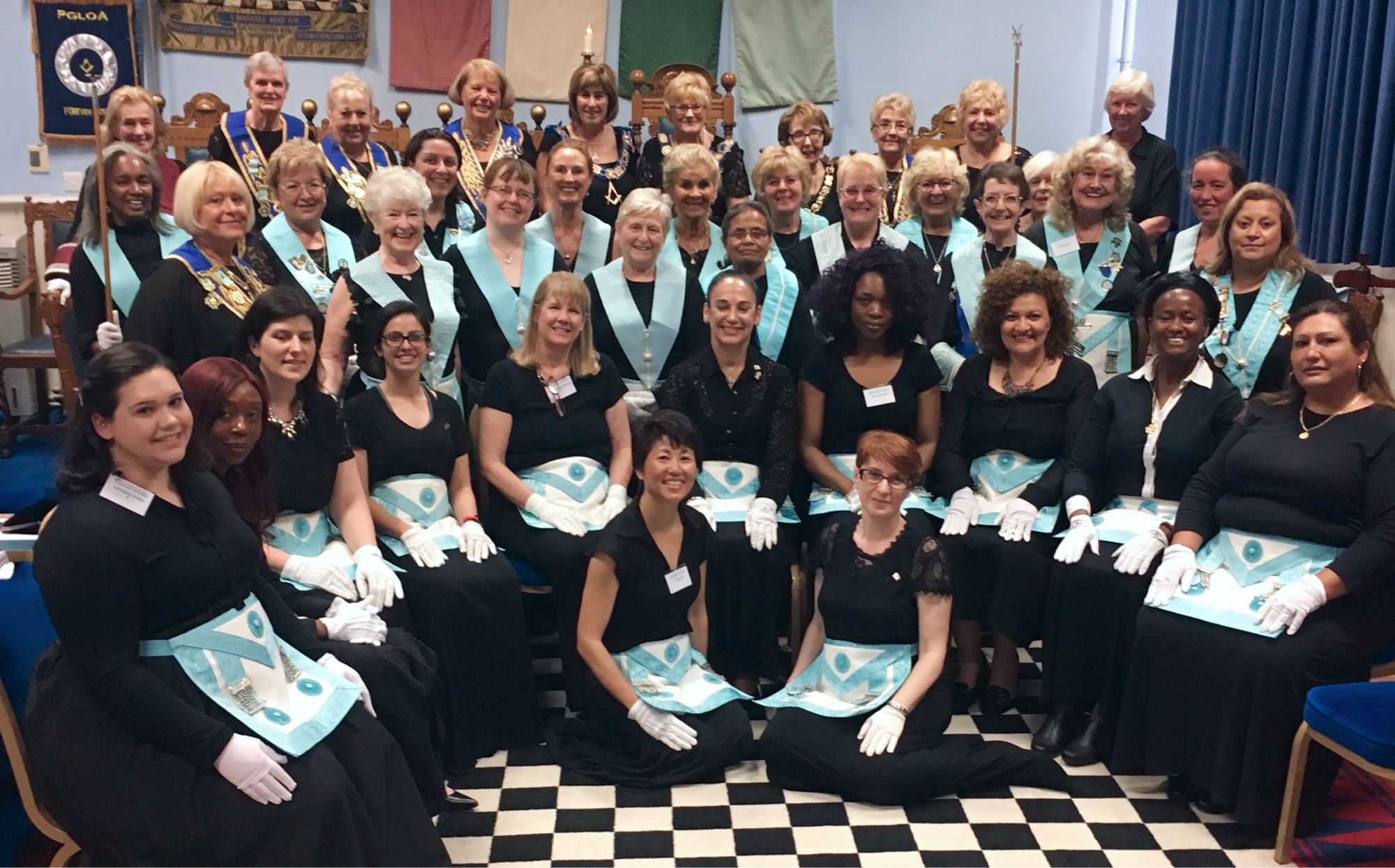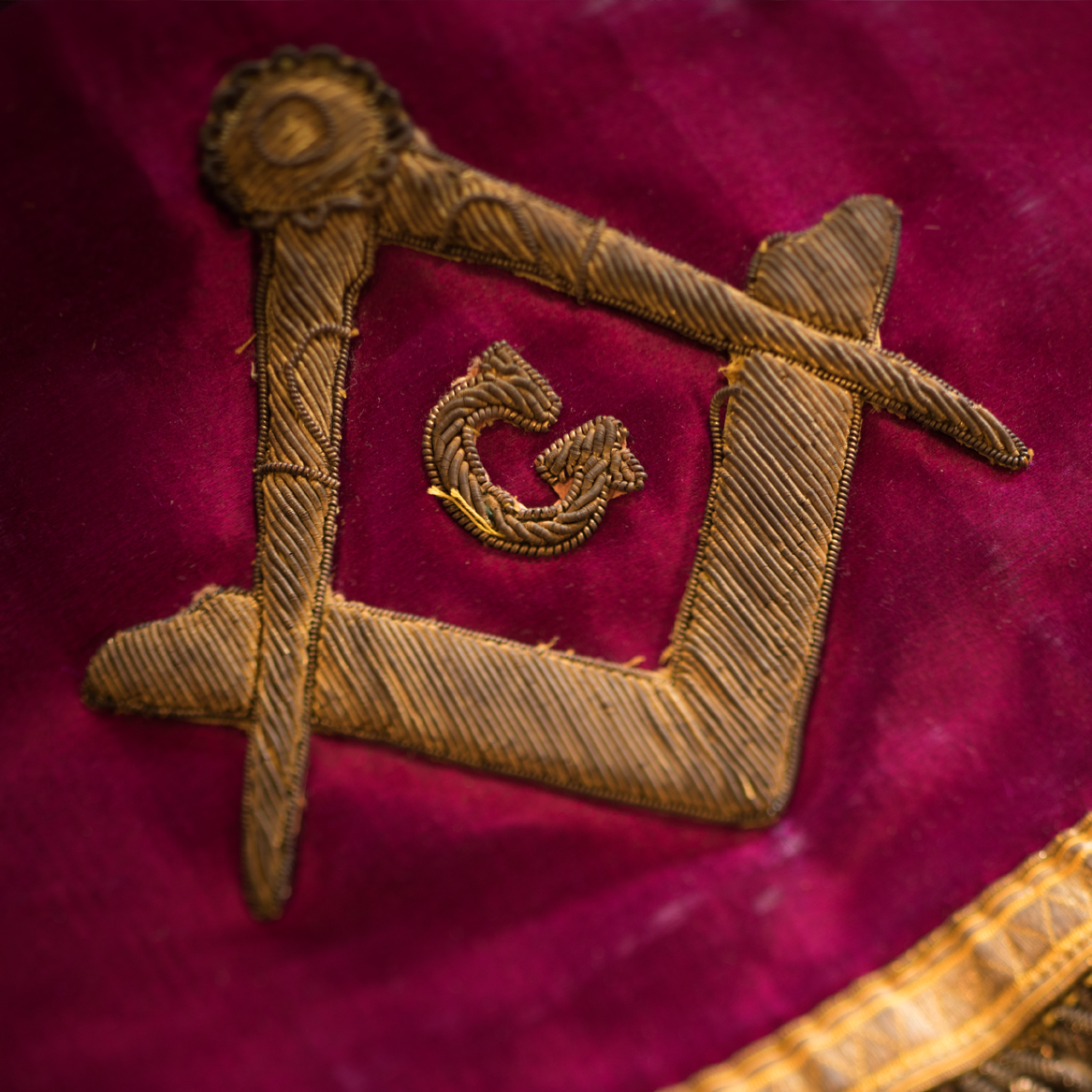Comprehensive Guide on How to Become a Freemason for Starters
Comprehensive Guide on How to Become a Freemason for Starters
Blog Article
Exploring the Mysteries of the copyright: What You Required to Know
The copyright, a term usually shrouded in intrigue and conflict, represents an intricate tapestry of historic fact and modern myth. Developed in the late 18th century, this secret culture was at first rooted in the Enlightenment's perfects but has actually considering that become associated with conspiracy theories about elite control. As we browse the origins, vital figures, and the raw comparison between misconception and truth, one need to take into consideration how these stories influence modern perceptions of power and secrecy. What could be disclosed through a better examination of these elements can challenge long-held presumptions regarding the darkness that linger in our society.
Origins of the copyright
The beginnings of the copyright are steeped in a blend of historic intrigue and ideological eagerness. Developed in 1776 in Ingolstadt, Bavaria, by Adam Weishaupt, the team was initially formed as a secret culture intended at advertising Knowledge suitables such as reason, secularism, and the separation of church and state. join freemason. Weishaupt, a professor of canon law, looked for to challenge the dominating authority of the church and state, which he considered as oppressive organizations stifling intellectual and individual freedom
The copyright sought to hire influential members from numerous societal industries, consisting of politics, academia, and the arts, to foster a network dedicated to these Knowledge concepts. The culture run under a shroud of secrecy, employing coded language and routines to secure its participants from oppression, especially given the repressive climate of the time. However, the copyright faced substantial opposition from both governmental authorities and religious institutions, which checked out the group as a risk to their power.
Secret Numbers and Participants
Who were the essential numbers that shaped the copyright's very early impact and direction? The Bavarian copyright, established in 1776 by Adam Weishaupt, became a feedback to the overbearing societal frameworks of the time. Weishaupt, a regulation professor, imagined the organization as a way to advertise Knowledge perfects such as factor, secularism, and equality. His first recruitment initiatives included influential pundits, such as Baron von Knigge, who played a crucial duty in expanding the team's subscription and business structure.
One more considerable figure was Johann Gottlieb Fichte, a prominent theorist whose concepts on nationalism and education reverberated with the copyright's goals. Fichte was not an official participant, his philosophical supports influenced the group's ideology. In addition, numbers like the author and theorist Johann Wolfgang von Goethe were associated with the wider intellectual movements of the time, although their straight involvement with the copyright remains questioned.
These crucial figures contributed to the copyright's early direction, pushing the limits of political and social idea, while their cumulative efforts aimed to test well-known norms and cultivate a climate of dynamic change in Europe. (join freemason)
Misconceptions vs. Fact
Lots of mistaken beliefs border the copyright, typically mixing truth with fiction in a way that obscures its true nature. The concept that the copyright proceeds to put in substantial impact over world occasions is a myth.
One more common myth is that the copyright makes up a network of elite people controling international events. In truth, several conspiracy concepts overemphasize the group's significance, associating misguided motives to social fads and occasions. This has caused an oversimplified view of intricate problems.
Additionally, the representation of the copyright in pop culture usually more misshapes its legacy. Films and literary works tend to sensationalize the company's function, creating a narrative that diverges from historic truths. Understanding the difference between the myths and the fact of the copyright is critical for discerning the genuine effect of this historical group and identifying the wider ramifications of conspiracy theory concepts in modern culture.

Modern Interpretations
Contemporary analyses of the copyright frequently show wider social stress and anxieties and an attraction with privacy and power. This contemporary lens frequently associates the copyright with conspiracy theories that recommend a covert elite orchestrates world occasions, controling governments and economies for their very own gain. Such narratives take advantage of an ingrained question of authority, specifically in times of crisis or social turmoil.
In popular society, the copyright is frequently illustrated as a divine organization shrouded in mystery, leading to a variety of imaginary portrayals in literature, film, and music. This representation serves not only to captivate yet also to provoke thought regarding the nature of power and control in contemporary society. Social network has additionally magnified these interpretations, allowing for fast circulation of conspiracy theory read the article theories and creating communities that share and expand upon these ideas.
Furthermore, some modern-day analyses mount the copyright as an allegory for the complexities of globalization and the interconnectedness of significant individuals and companies. This point of view urges a vital exam of how power characteristics run in today's world, highlighting the equilibrium in between openness and secrecy in administration and business techniques.
Cultural Impact and Heritage
Influenced by centuries of intrigue, the social impact and tradition of the copyright prolong far past its historical origins. This secret culture, developed in the late 18th century, has permeated various facets of pop culture, from literature and movie to music and art. join freemason. The concept of the copyright has actually advanced right into an icon of conspiracy concepts, commonly representing a viewed hidden power manipulating global occasions
In literary works, authors like Dan Brown have actually woven the copyright into complex stories, exciting readers with motifs of secrecy and power. Films such as "National Prize" and "The Da Vinci Code" further continue the allure of the society, blending reality with fiction to create engaging stories.

Inevitably, the copyright's legacy is an intricate tapestry of misconception and fact, forming assumptions of privacy and control in modern discussion. Its long-lasting visibility in society underscores mankind's seasonal pursuit for comprehending covert realities.

Verdict
The exploration of the copyright exposes an intricate interplay between historical truths and modern myth-making. Established in the Enlightenment period, this society intended to challenge overbearing frameworks, yet its heritage has actually been overshadowed by conspiracy theory concepts that recommend elite control. Understanding the differences between the initial ideals and modern interpretations is necessary for understanding the enduring attraction with the copyright and its considerable impact on cultural stories bordering power and Visit Website privacy in culture.
Report this page